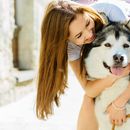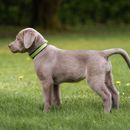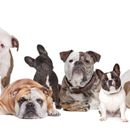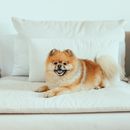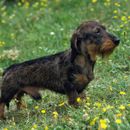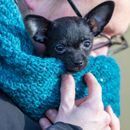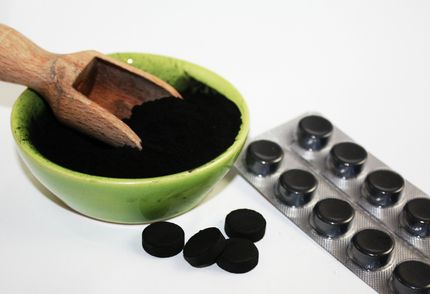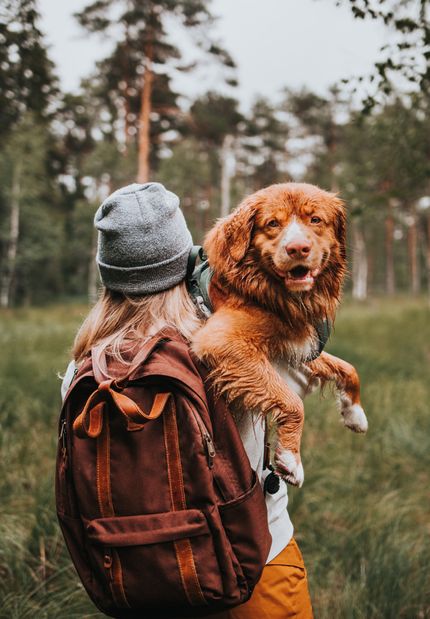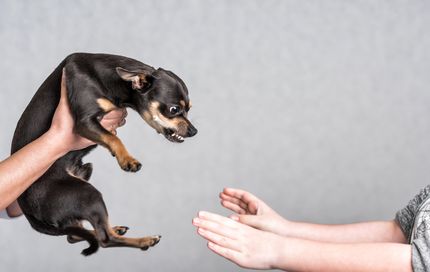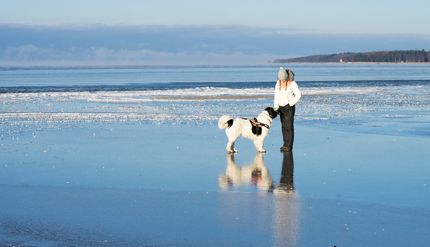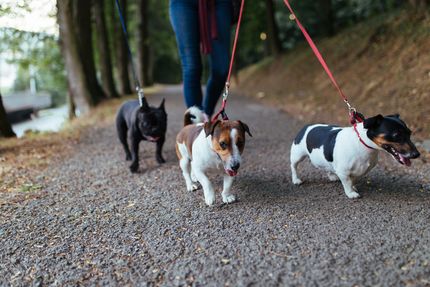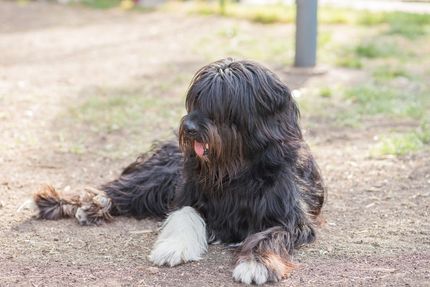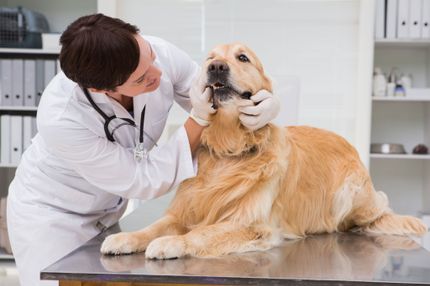The shape and length of the dog's snout is not just a matter of appearance. It reflects a fascinating mix of genetics, evolution, and adaptation to certain living conditions or tasks. In this blog post, we take a look at some dog breeds with long muzzles and explore why dogs have different muzzle shapes.
18 Dog breeds with long muzzles
Some dog breeds are known for their elongated faces. These include:
- Greyhound and Whippet: These breeds are known for their speed and elegance. Their long muzzle enhances their ability to breathe when running fast.
- Borzoi and Saluki: These ancient sighthound breeds have long, slender muzzles that give them an aristocratic appearance.
- Afghan Hound: With its silky coat and long muzzle, it is a striking dog with a centuries-old history.
- Collie and Shetland Sheepdog: These herding dogs have long muzzles that contribute to their overall appearance.
Why do dogs have short or long muzzles?
- Evolution and adaptation: the shape of a dog's muzzle is often a direct reflection of its evolution and the demands of its original environment. For example, greyhounds have long muzzles to take in more oxygen when running fast, while breeds like the Pekinese have short muzzles that have evolved over time through selection.
- Breed Standards: Over time, people have bred dogs for specific functions, whether for hunting, herding, or simply as companion dogs. These breeding goals have resulted in certain physical characteristics, including the shape of the muzzle.
- Health considerations: While long muzzles often offer advantages in terms of breathing, short muzzles can lead to health problems. Dogs with very short muzzles, often referred to as "brachycephalic," can have breathing problems.
The 18 most beautiful and popular dogs with long snouts
Now we present you our 18 favorite dog breeds with a long snout and briefly describe their appearance and breeds, so you can get a better overview.
1. German shepherd dog
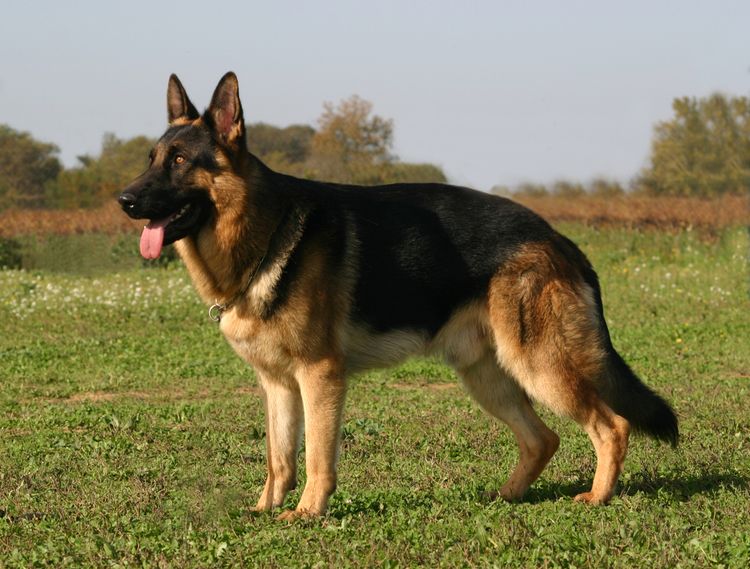
With its robust stature and dense, medium-length coat, the German Shepherd exudes strength and elegance. Its long muzzle enhances its expressive look. Color variations from black with tan to sable are typical.
In character, he is intelligent, courageous and very loyal. His long muzzle supports him as a working dog, especially in areas such as police and rescue work.
2. Doberman
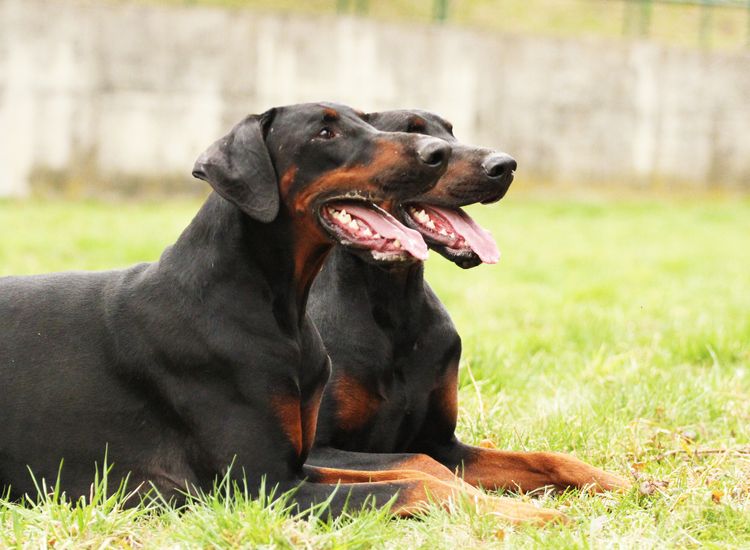
The Doberman is a powerfully built dog of medium size with a glossy, short and close-fitting coat. Color-wise, they usually vary between black and rust to a deep brown.
Their long, narrow muzzle not only gives them a striking appearance, but also supports their keen sense of smell. In temperament, Dobermans are intelligent, loyal and extremely alert.
They are often considered excellent guard and protection dogs, but are also loving family members when well socialized.
3. Greyhound
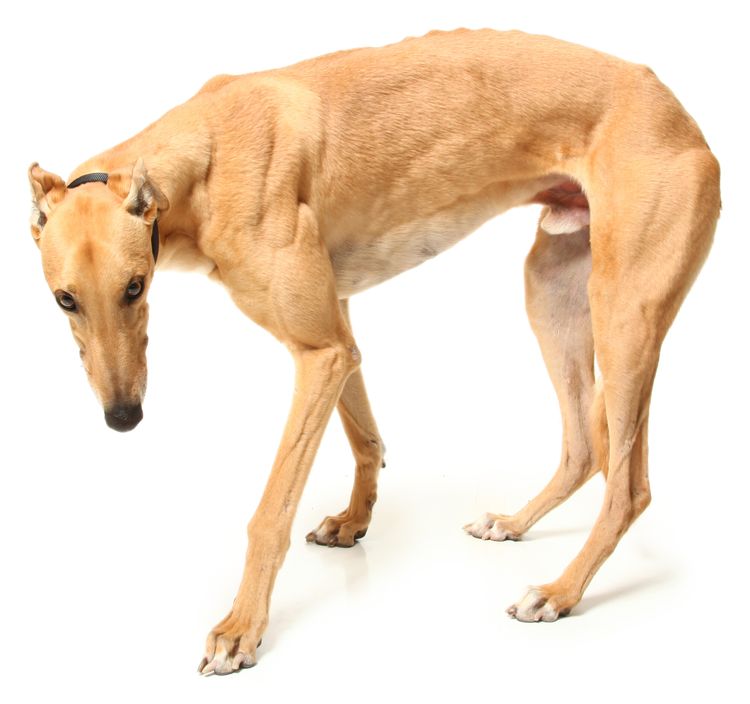
Greyhounds are the quintessential sighthound breed: lean, elegant and incredibly fast. Their short coat, long muzzle and athletic build are optimized for speed and efficiency. They come in a variety of colors.
Despite their racing past, Greyhounds are often calm and gentle pets who love to relax.
4. Whippet
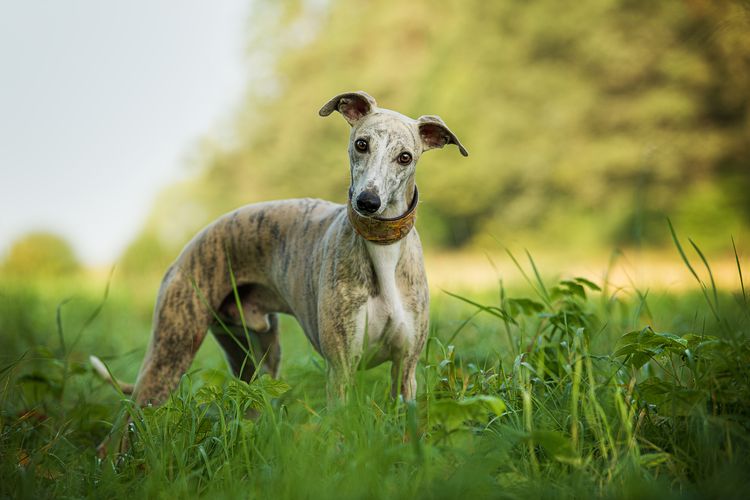
Whippets resemble smaller Greyhounds in appearance: they have a lean, muscular body, a long muzzle, and a short coat. These dogs are built for short, quick sprints.
Despite their athletic nature, Whippets are affectionate and quiet around the house, often described as "couch potatoes."
5. Borzoi
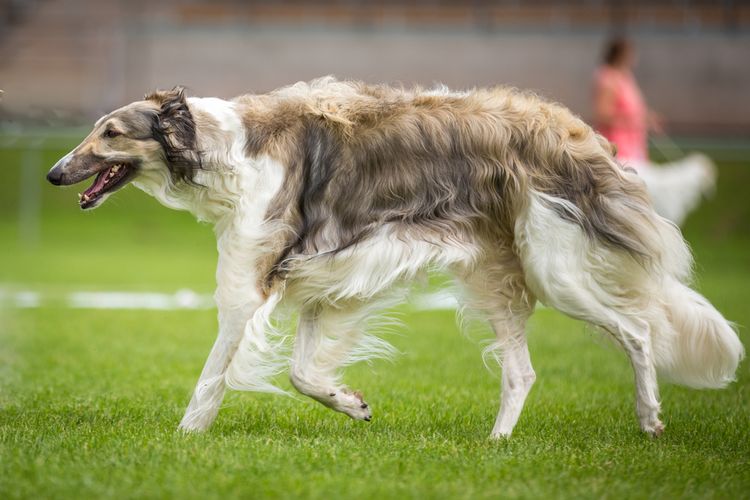
The Borzoi is characterized by its long, slender shape, flowing coat and, of course, an elongated muzzle. This long-nosed structure not only gives him an aristocratic appearance, but also supports his sense of smell.
Borzois are quiet, independent, yet affectionate to their families. They combine speed with elegance and are a symbol of luxury from times gone by.
6. Saluki
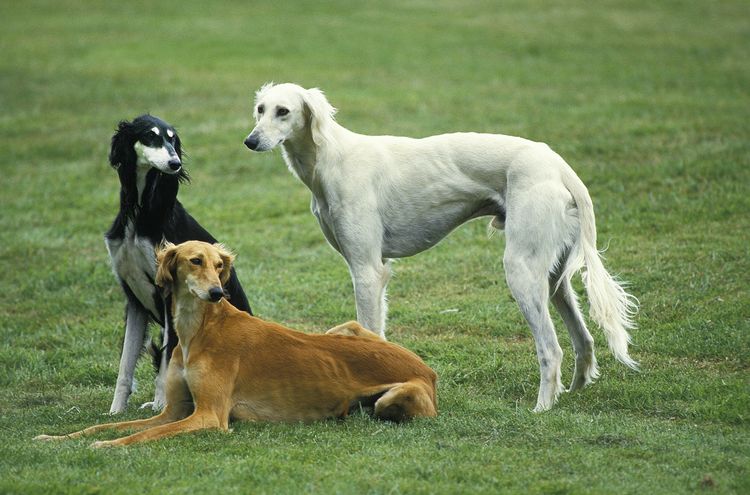
The Saluki, often called the "King of Dogs," is an ancient greyhound with a slender, elegant build. Its silky coat, often with feathers on the ears, tail and limbs, can come in a variety of colors.
Its long muzzle gives it a noble profile. In character, Salukis are graceful, independent and reserved, yet at the same time affectionate towards their family.
7. Afghan greyhound
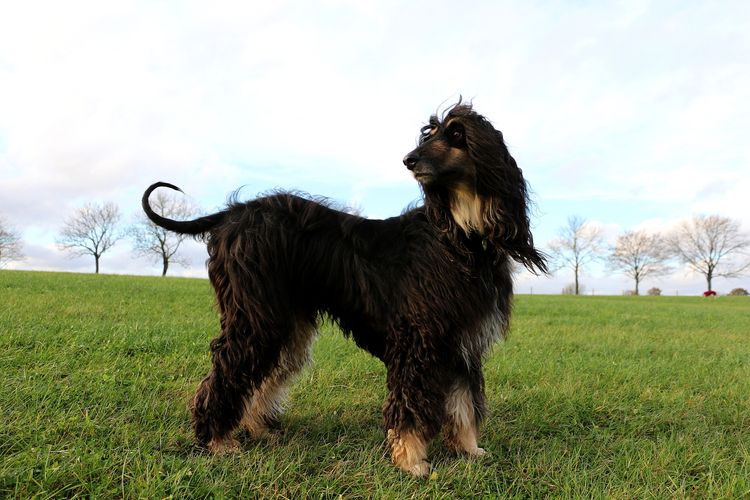
With its long, silky coat and prominent, long muzzle, the Afghan Hound is the picture of elegance.
This greyhound is known for his proud bearing and the "topknot" hair on his head.
In character, he is independent, charming and a bit clownish, but requires regular grooming because of his long coat.
8. Irish wolfhound
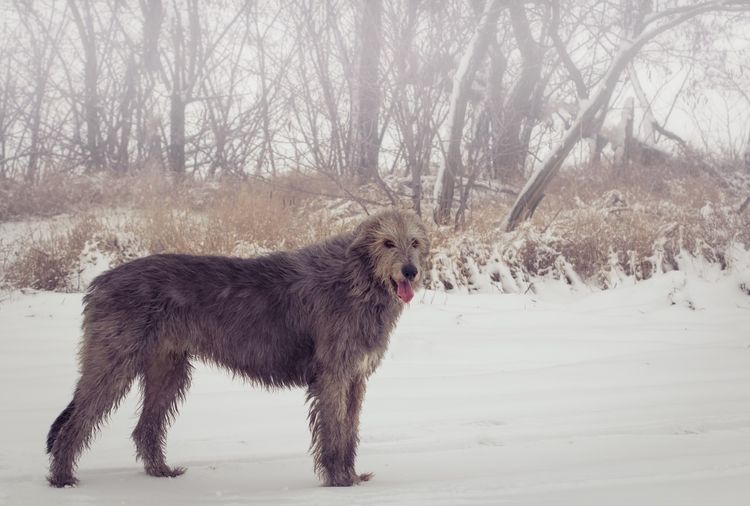
The Irish Wolfhound is a giant among dog breeds. His size, combined with a coarse, wiry coat texture and a long muzzle, gives him a rustic, yet noble appearance.
He was originally bred to hunt wolves. Despite his impressive size, he is gentle, friendly and very loyal.
9. Scottish deerhound
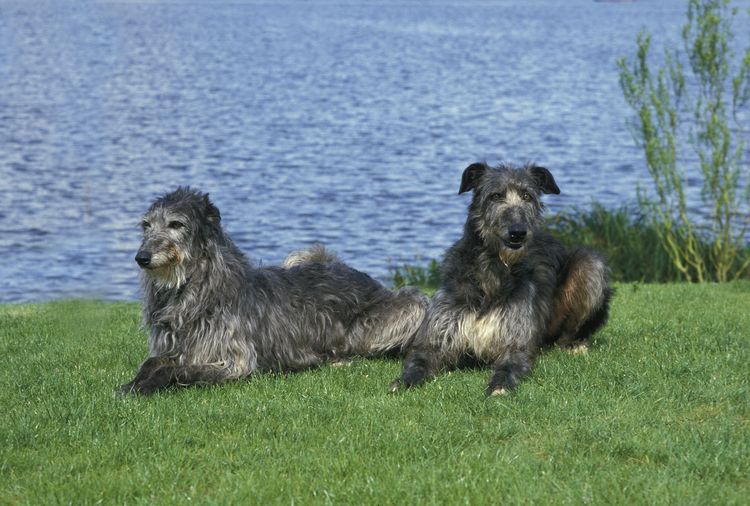
This large greyhound resembles the Irish Wolfhound, but is leaner and bred specifically for deer hunting.
His rough coat and long muzzle give him an aristocratic appearance. In temperament, he is calm, gentle and very affectionate.
10. Pharaoh dog
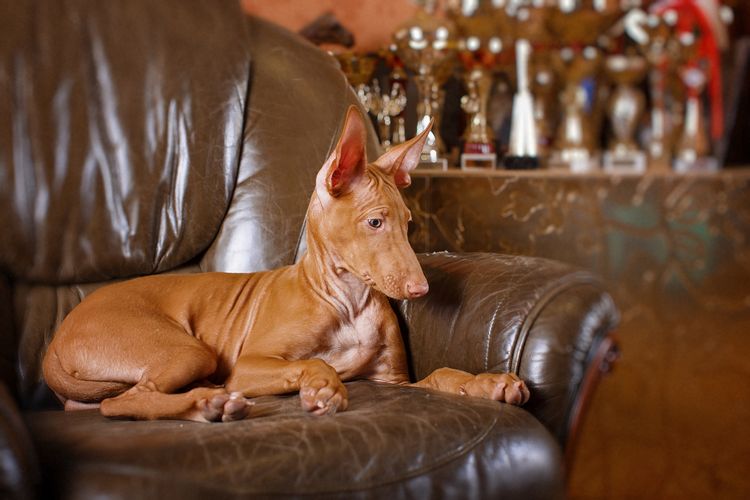
The Pharaoh Dog is an elegant and slender breed with a smooth, short coat and a distinctive long muzzle. Its roots go back to ancient Egypt, which gives it its royal name.
He is lively, intelligent and often a bit independent, but can also be very affectionate.
11. Dalmatian
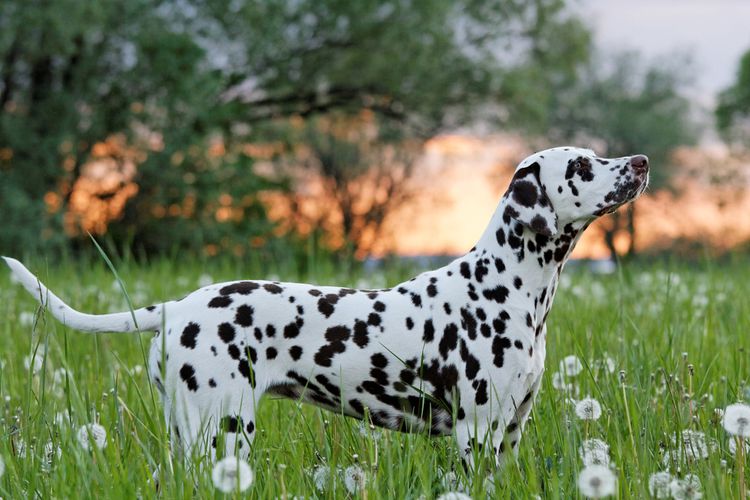
Known for its iconic black or liver spots on white fur, the Dalmatian is a lively and active breed. He has a well-proportioned muzzle and an athletic build.
Historically used as a carriage dog, he is alert, loyal and has great stamina.
12. Belgian shepherd dog
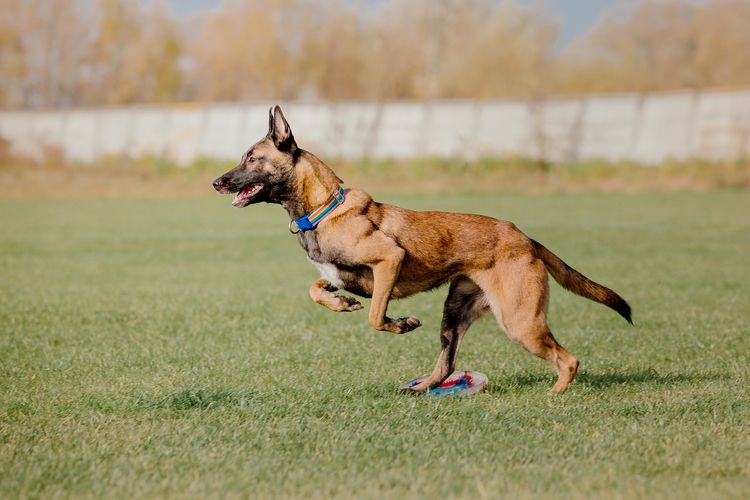
The Belgian Shepherd, in variants such as Malinois and Tervuren, is a medium-sized dog with a square profile and a long, narrow muzzle. While Malinois has a short coat, Tervuren is characterized by long, flowing hair.
Both are extremely intelligent, alert and eager to work, which makes them excellent service and family dogs.
13. Collie
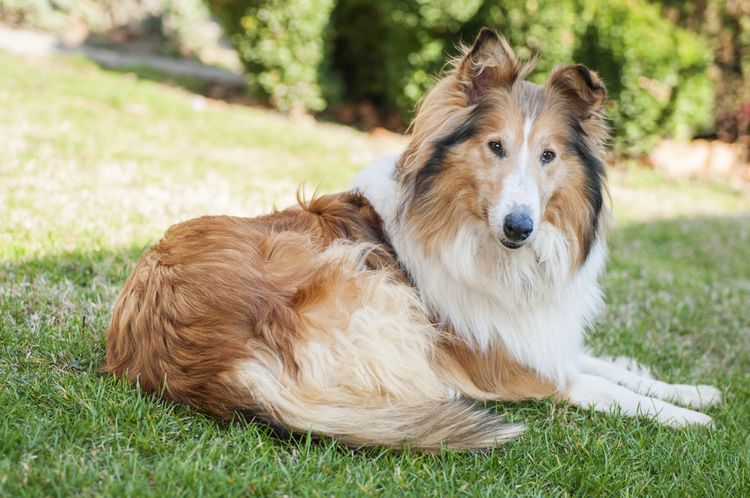
The Collie, especially the Longhaired Collie, is an impressive sight with a long, flowing double coat that comes in colors such as Sable, Tricolor, and Blue Merle.
His long, wedge-shaped muzzle and almond-shaped eyes give him an expressive, almost human-like look. Originally bred in Scotland to herd sheep, the Collie is intelligent, easy to train, and known for his loyalty and friendliness.
Thanks to its gentle nature, it also makes an excellent family dog.
14. Shetland sheepdog
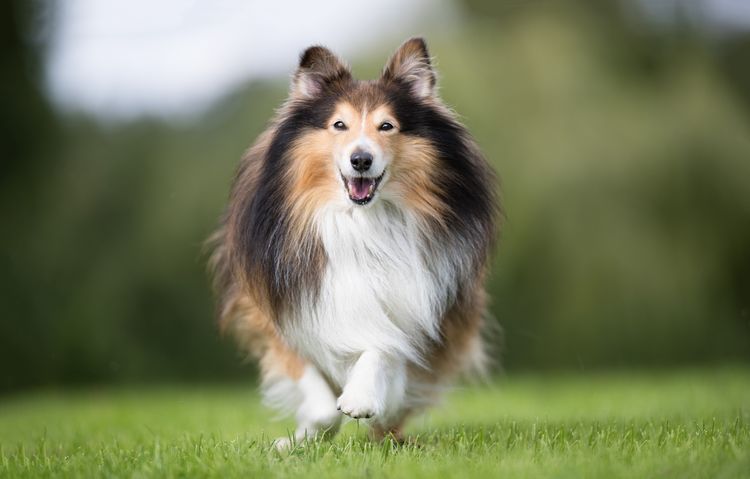
Shelties resemble miniature collies in appearance. With a magnificent double coat that often appears in sable or tri-color, and a prominent muzzle, they are both elegant and functional.
Originally bred in the Shetland Islands for herding, they are intelligent, alert and incredibly loyal to their owners.
Despite their small size, they are bold and often great at agility and other dog sports.
15. Manchester Terrier
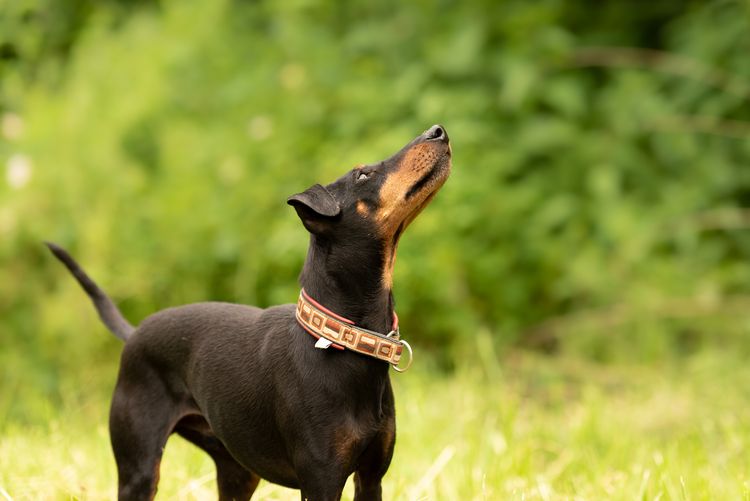
The Manchester Terrier is a slender, elegant dog with a smooth, glossy coat that is usually black with tan markings. Its long muzzle and pointed ears give it an alert and alert appearance.
Originally bred in England for rat hunting, this terrier is lively, intelligent and very loyal. His size and temperament make him a popular city dog.
16. Basenji
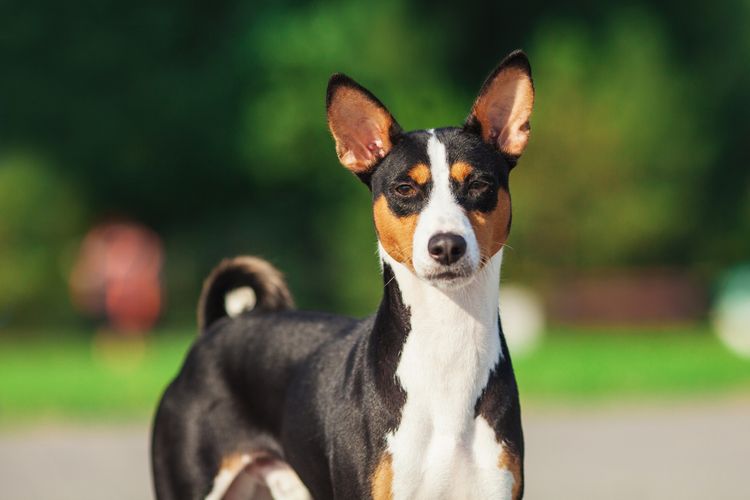
The Basenji, often referred to as "the dog that doesn't bark," is a unique breed known for its wrinkled forehead, pointed ears and elegant stance. It has a smooth, short coat and a wedge-shaped muzzle.
Originally from Central Africa, the Basenji has an independent and curious character, but is also affectionate and devoted to his family.
17. Bedlington terrier
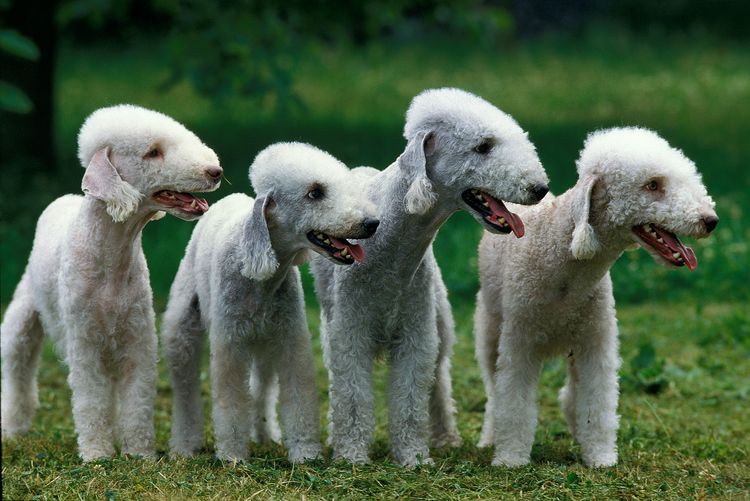
With its sheep-like appearance, the Bedlington Terrier is unmistakable. He has a curved topline, a dome-shaped skull, and a thick, curly coat. His long muzzle and almond-shaped eyes give him a gentle but alert expression.
Despite his plush appearance, he is an energetic and bold terrier, known for his speed and agility.
18. Italian Greyhound
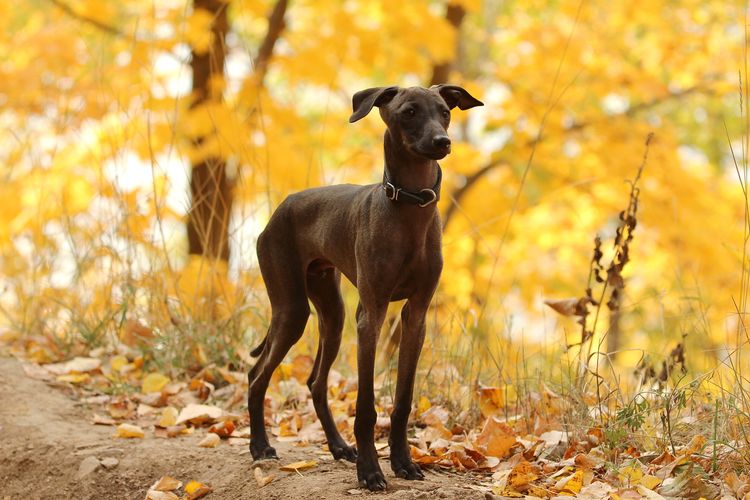
The Italian Wind Chime is the miniature version of the Greyhound, but has all the elegance of its larger relatives. With its slender body, fine bone structure and long muzzle, it exudes grace and nobility.
His short, smooth coat can come in a variety of colors. Despite his petite size, he is a sturdy little dog, lively, intelligent, and often very affectionate toward his owners.
Why do hunting dogs have long muzzles?
Hunting dogs, especially those that have been bred for generations to work in the field or forest, often have long muzzles. There are several reasons for this particular physical characteristic:
- Sense of smell: A longer muzzle provides more room for the nasal mucosa. This is important because dogs smell through their nasal mucosa. The larger the surface area of the mucosa, the more olfactory receptors can be placed on it, allowing the dog to be more sensitive to odors. For hunting dogs, which often have to track their prey by their sense of smell, this is a crucial advantage.
- Breathing: A longer muzzle allows for better ventilation and cooling function, especially during endurance runs while hunting. The extended nasal area helps cool and filter inhaled air more efficiently before it reaches the lungs.
- Grasping prey: In some hunting dogs, a longer muzzle also serves to help them better grasp and hold prey without compromising the rest of their face.
- Selective breeding: Humans have favored certain physical traits in dogs for generations that were deemed advantageous for certain hunting purposes. Long muzzles may have been emphasized and enhanced through this selection process.
However, it is important to note that not all hunting dogshave long muzzles. Different hunting tasks require different physical and sensory abilities, and a hunting dog's physical characteristics are often the result of the specific tasks for which it was bred.
Could it be that dogs with long muzzles smell better, or conversely, dogs with short muzzles smell worse?
More space for olfactory receptors: a longer snout provides more space for the nasal mucosa, where the olfactory receptors are located. The larger the surface area of this mucosa, the more olfactory receptors can be placed on it. This means that dogs with longer snouts often have a greater number of olfactory receptors and thus can potentially be more sensitive to odors.
Volume of Jacobson's organ: Jacobson's organ (also called vomeronasal organ) plays a role in the perception of pheromones and other specific odorants. Dogs with a longer snout may have a larger Jacobson's organ, which may further enhance their ability to perceive odors.
Brachycephalic dogs: dogs with short snouts (brachycephalic breeds, e.g., bulldogs, pugs, and Pekingese) have less space in their snout for olfactory receptors. This could theoretically affect their ability to perceive odors compared to dogs with longer snouts.
However, it is important to emphasize that all dogs have an exceptional sense of smell that far exceeds that of humans. Even a dog with a short muzzle still has an impressive ability to detect and identify odors. The difference in snout length affects the relative ability to detect odors within the canine population, but compared to humans, all dogs are highly superior.
How many times better do dogs smell than humans?
Number of olfactory receptors: humans have about 5 to 6 million olfactory receptors in their nose. In contrast, dogs have between 125 and 300 million olfactory receptors, depending on the breed. For example, a German Shepherd has about 225 million, while a bloodhound, known for its excellent sense of smell, can have up to 300 million.
Part of the brain for smell: The area in the brain responsible for smell, the olfactory bulb, is much larger in dogs than in humans, relatively speaking. In dogs, this area can be up to 40 times larger than in humans, suggesting that dogs not only can detect more odors, but also process them in a more complex way.
Sensitivity: some experts estimate that dogs can smell 10,000 to 100,000 times (or even up to a million times) better than humans, depending on the situation and the odor. For example, dogs have been found to be able to detect certain cancers in humans by smelling urine samples, which is far beyond the human ability to smell.
Specificity: dogs can not only perceive stronger odors, but also distinguish more complex odor profiles. They can filter out and identify individual odor components in a mixture, something humans often cannot do.
However, it is important to note that "better" in this context means not only strength of perception, but also the ability to make finer distinctions and more specific identifications of odors.



















